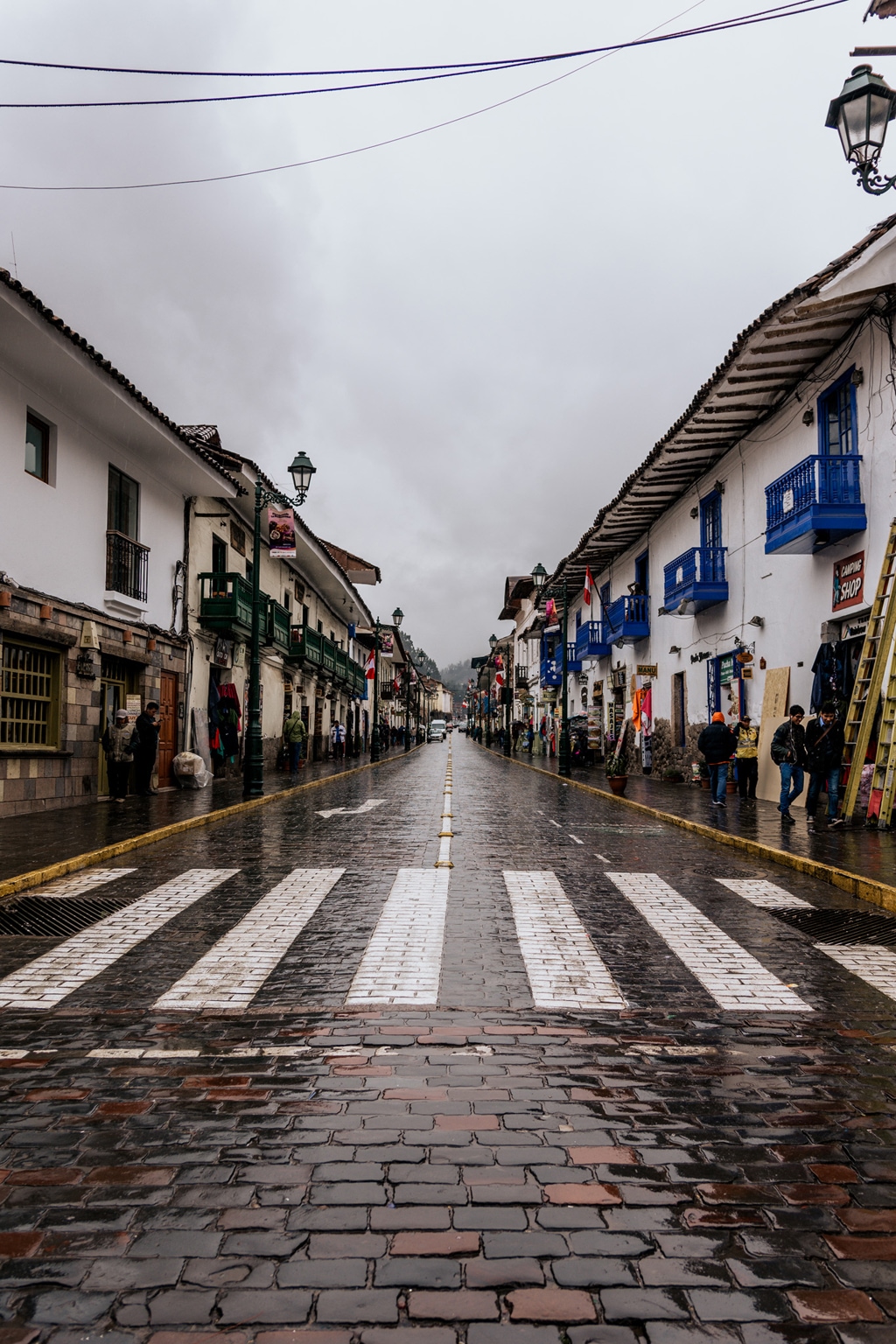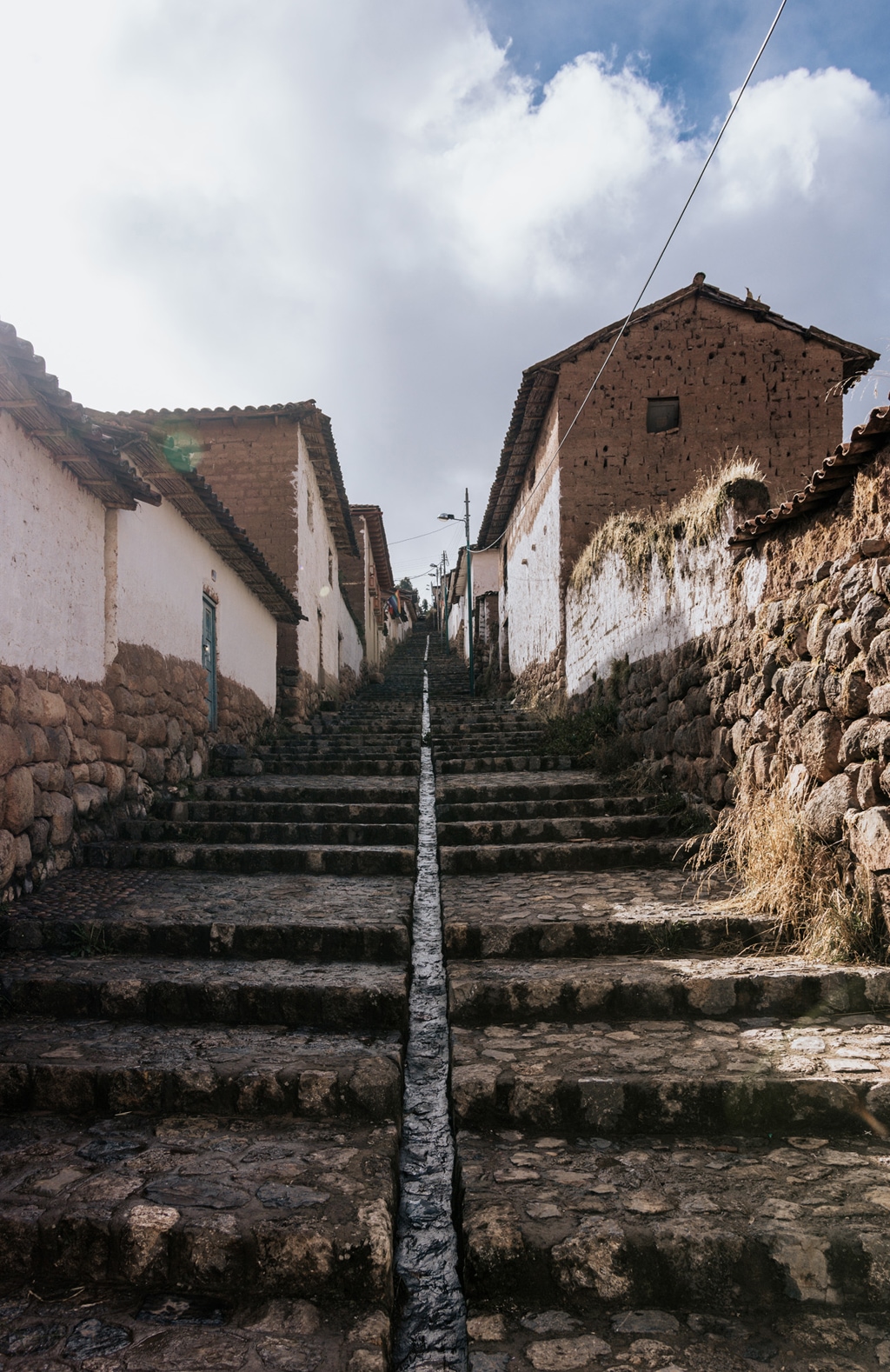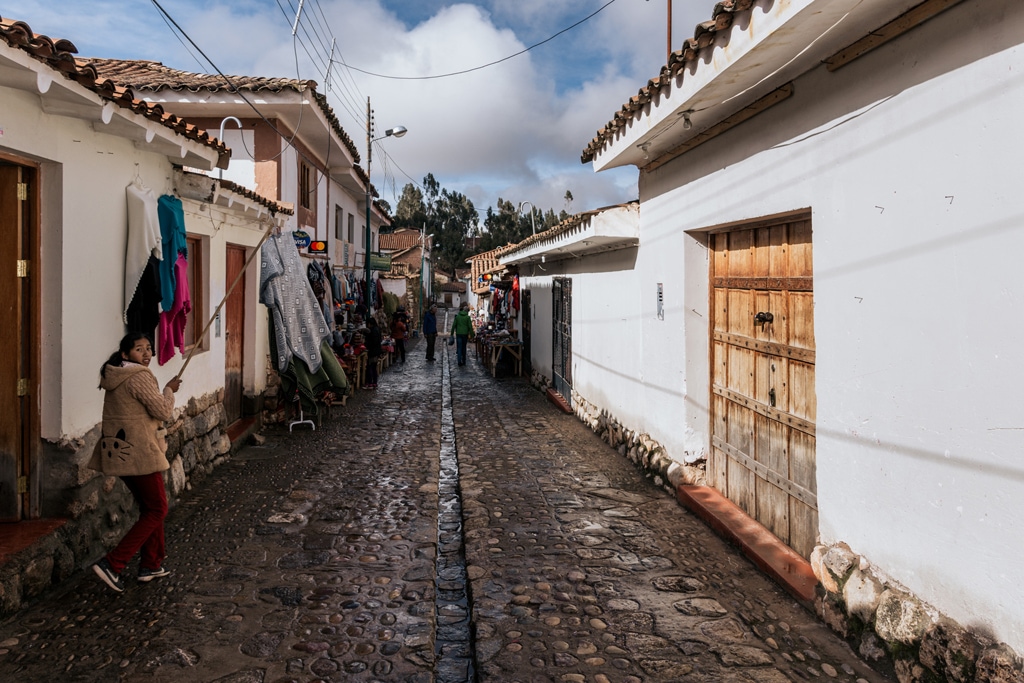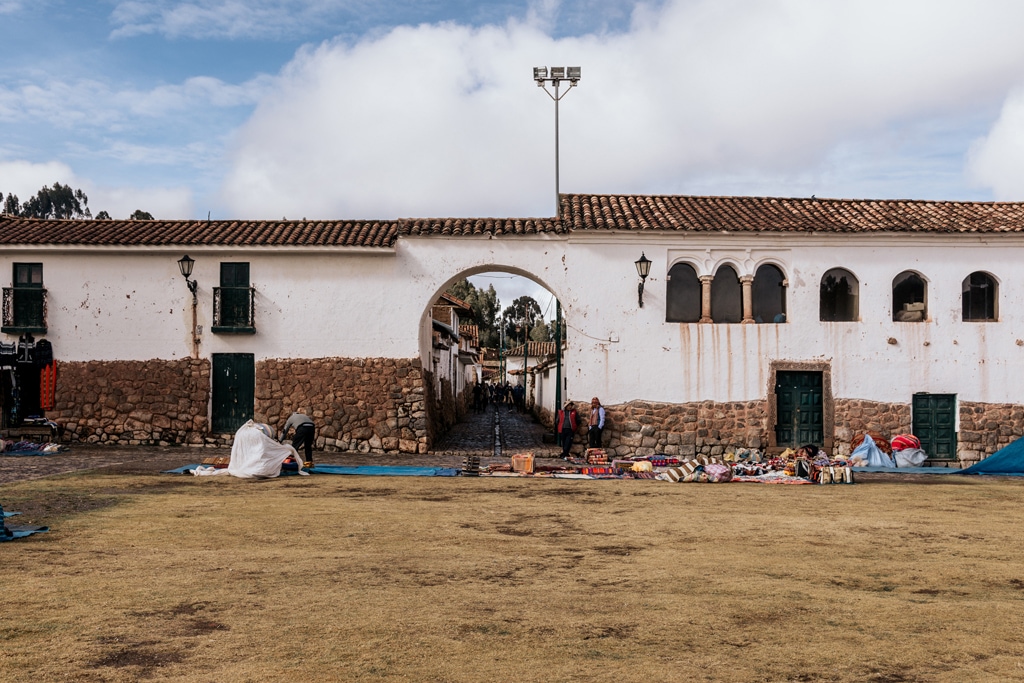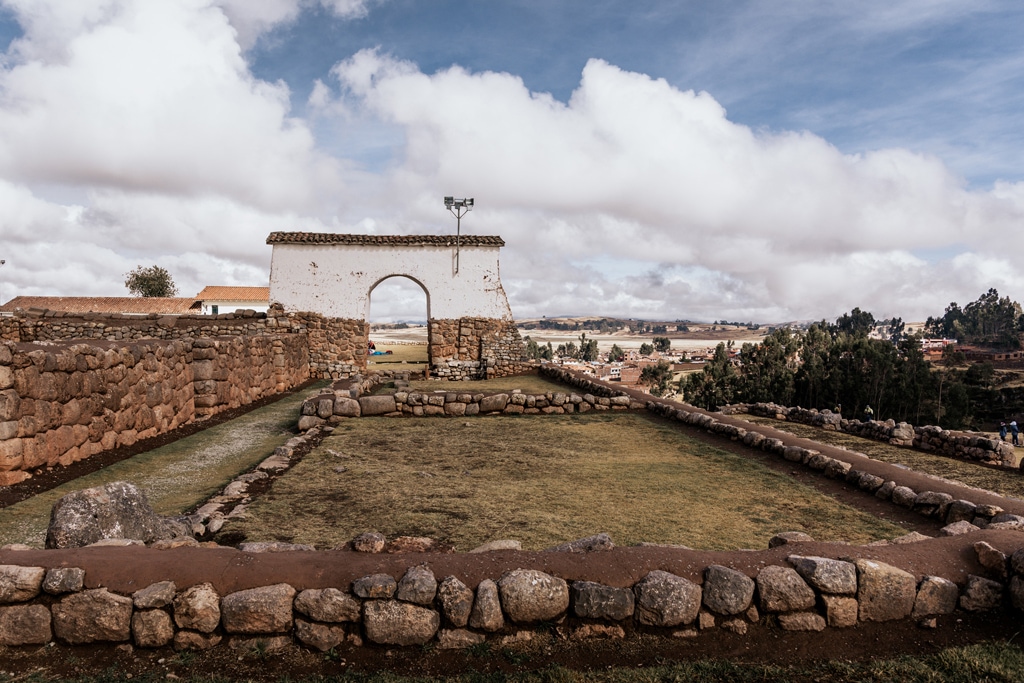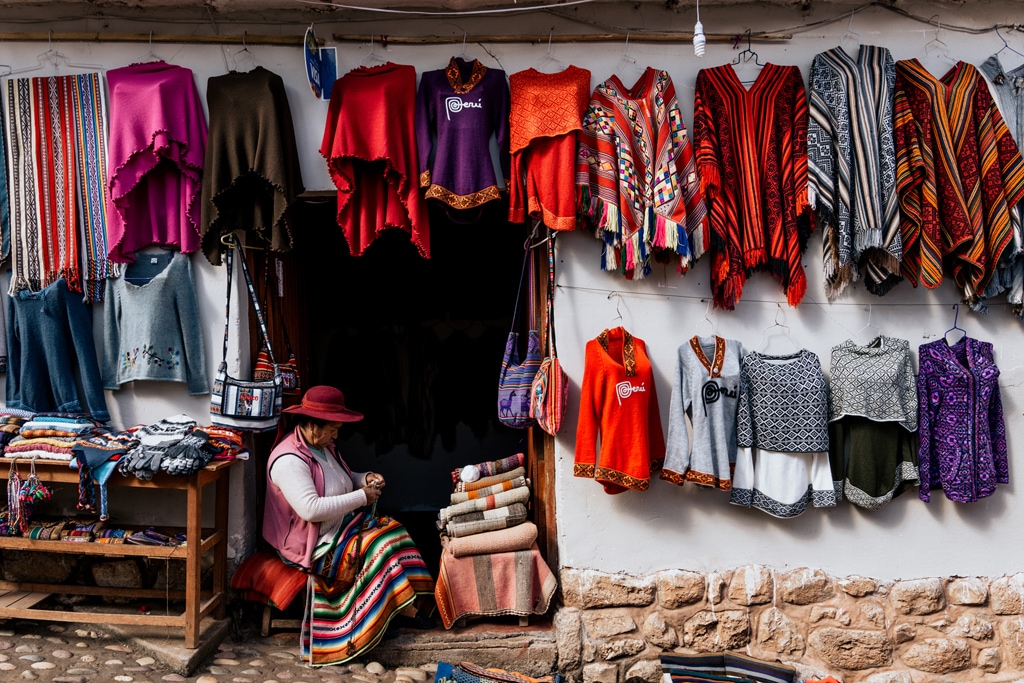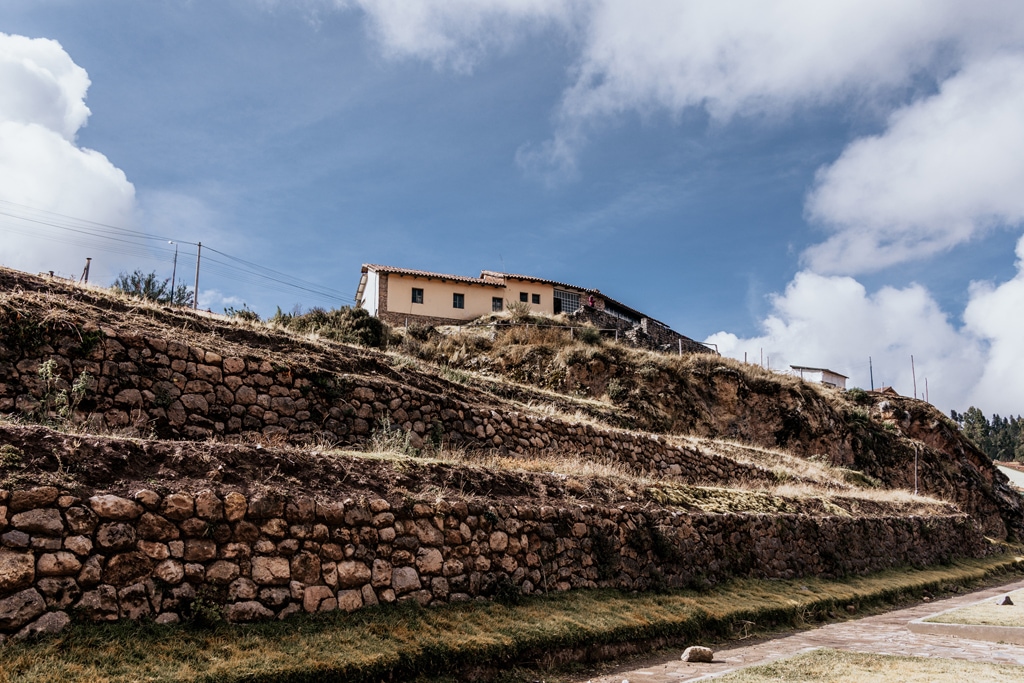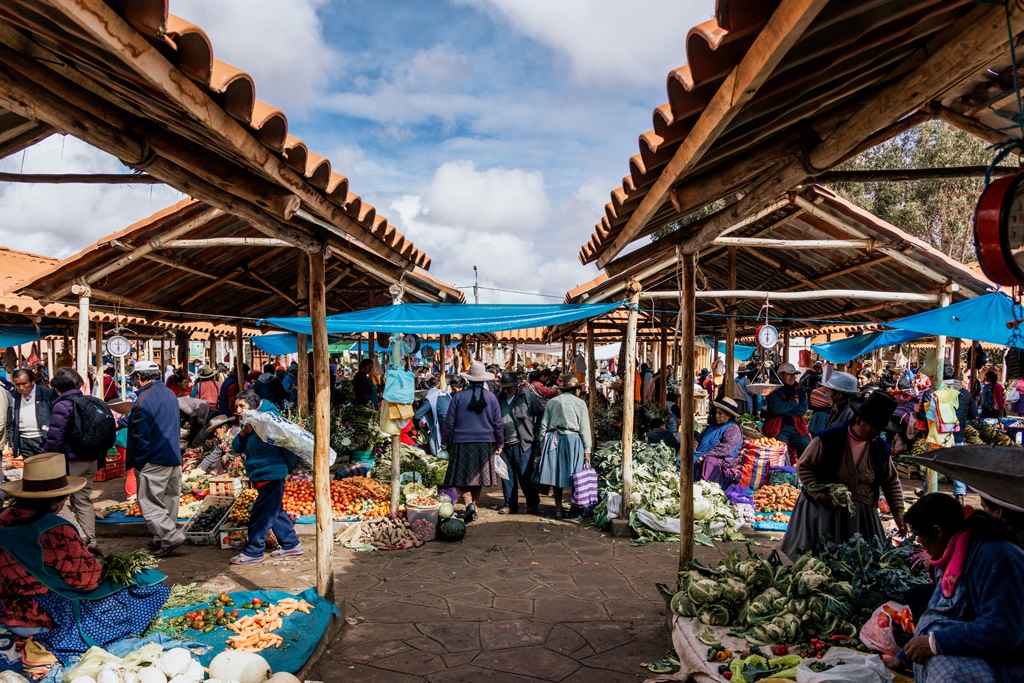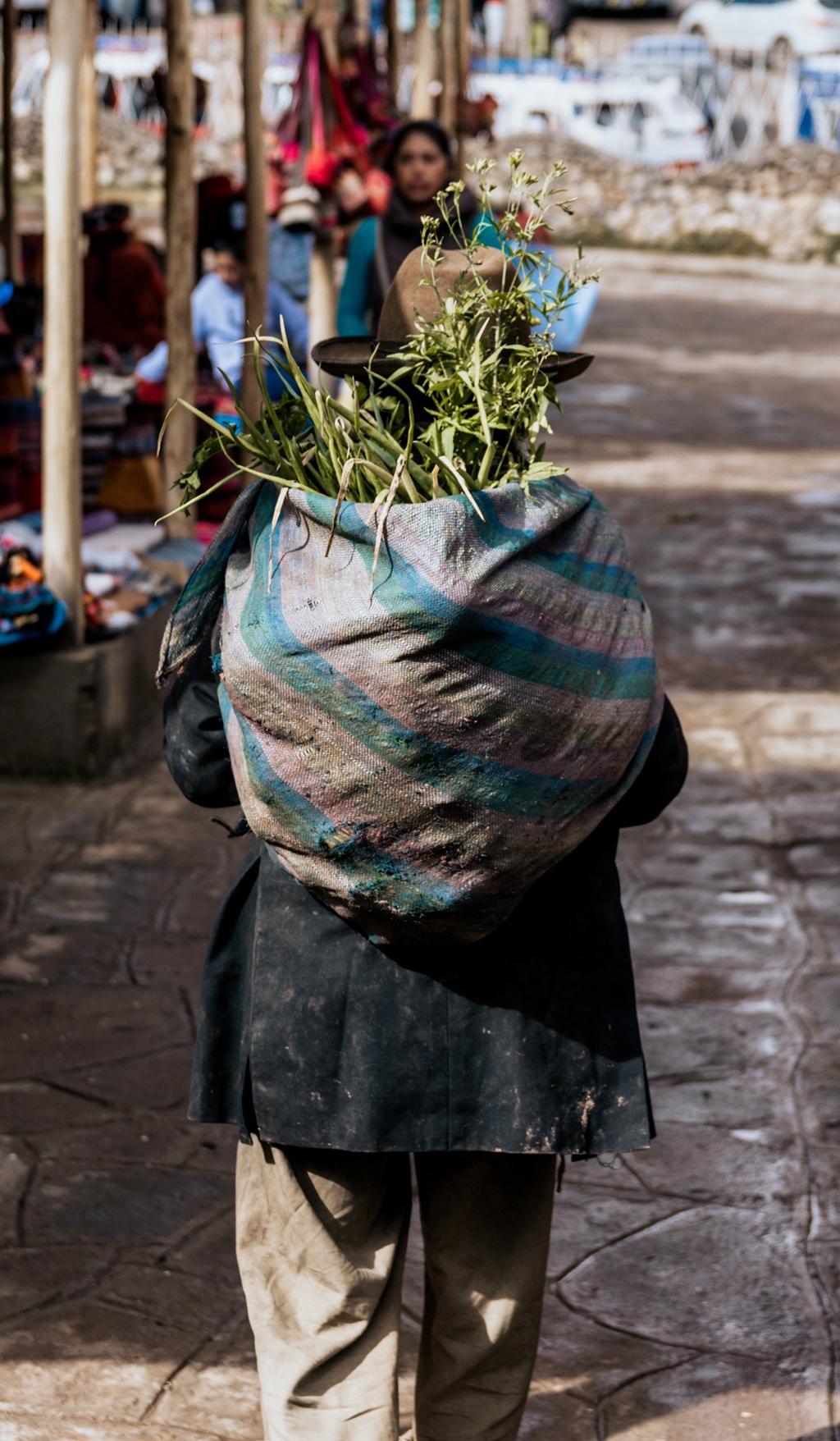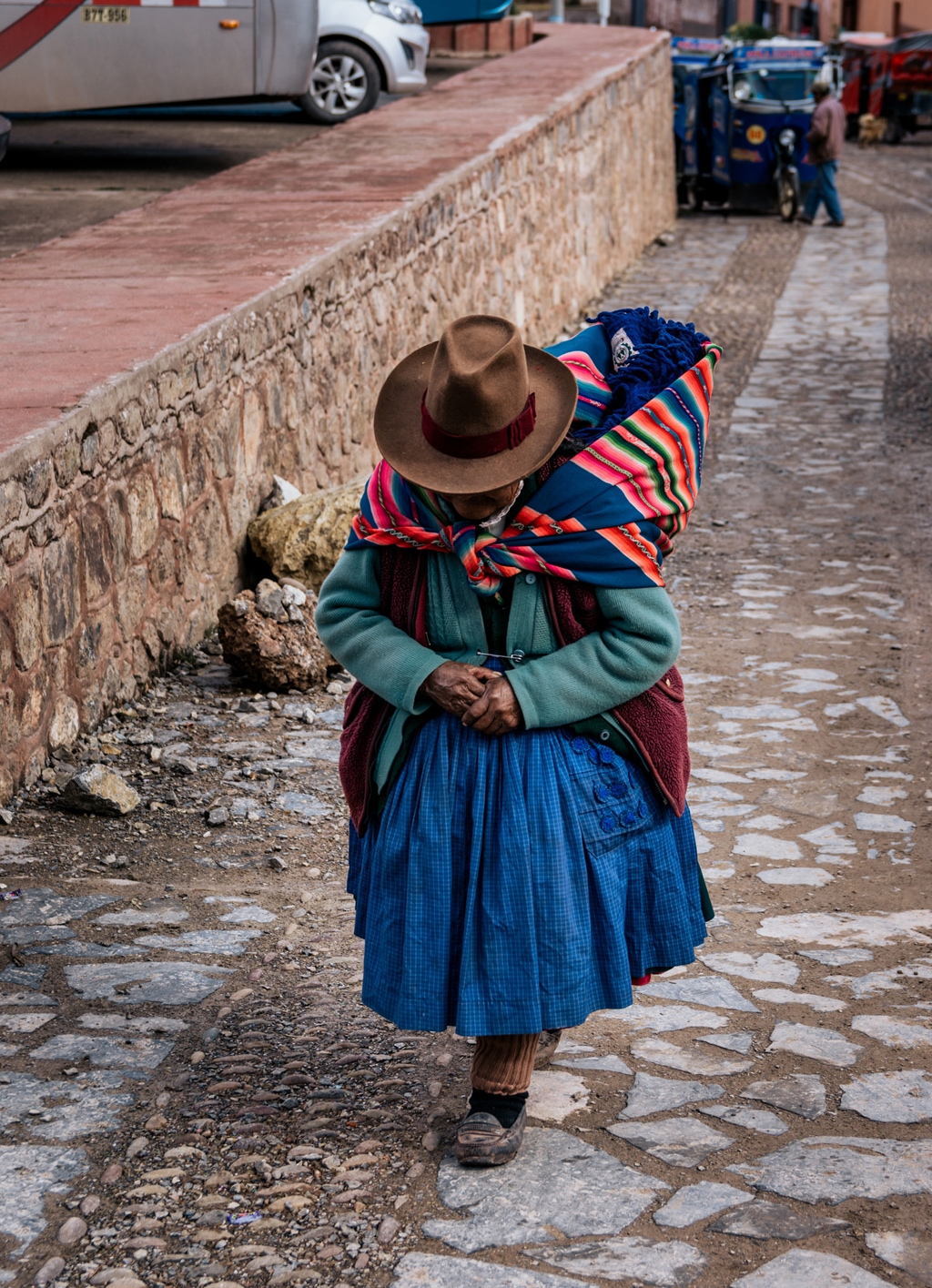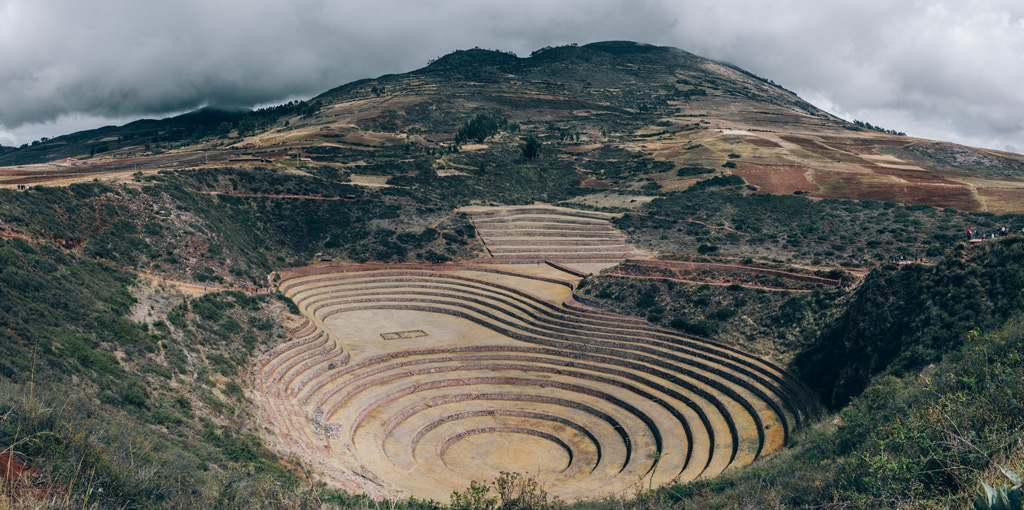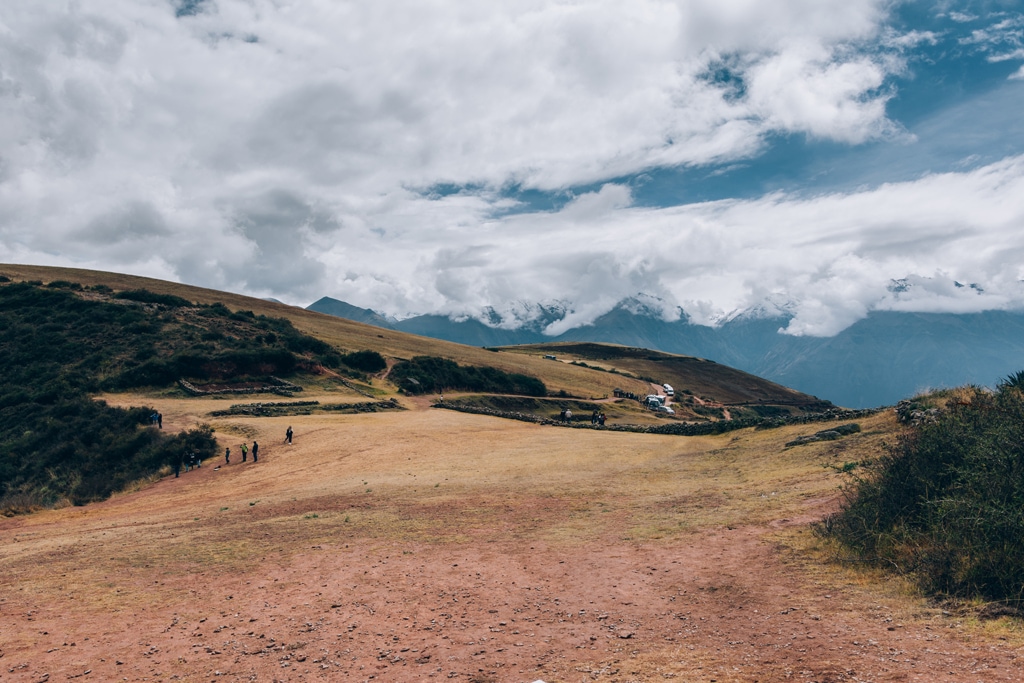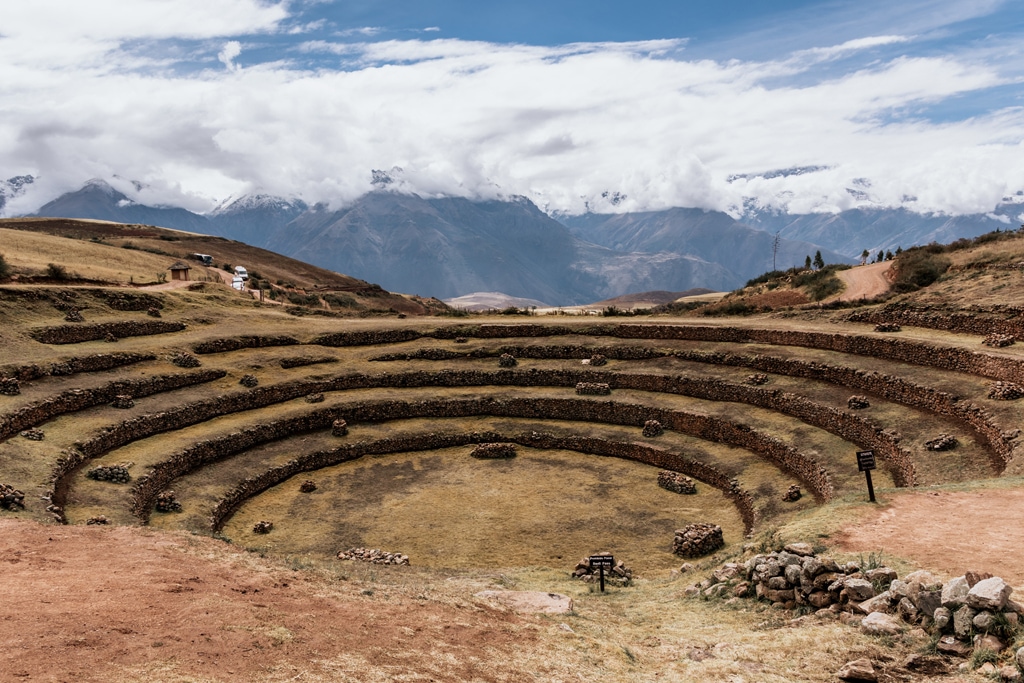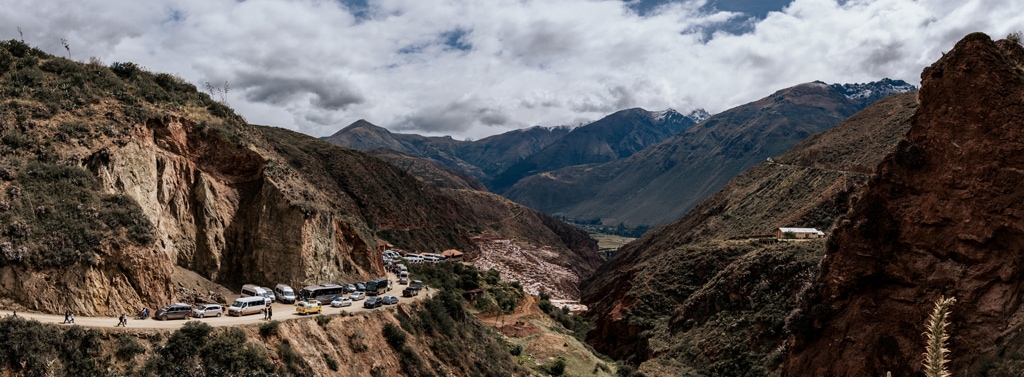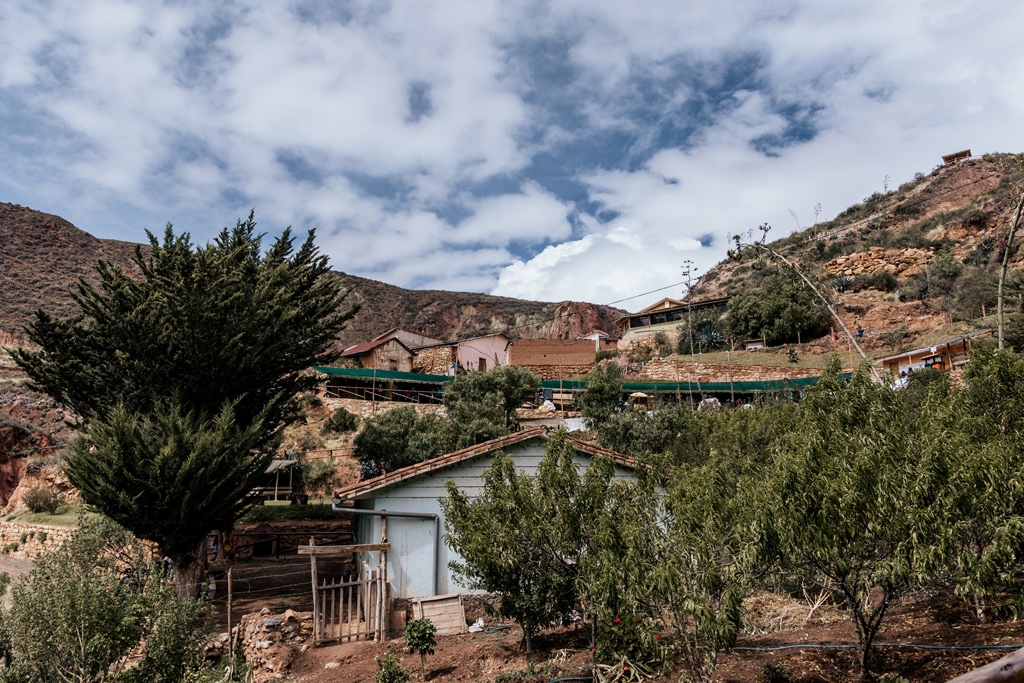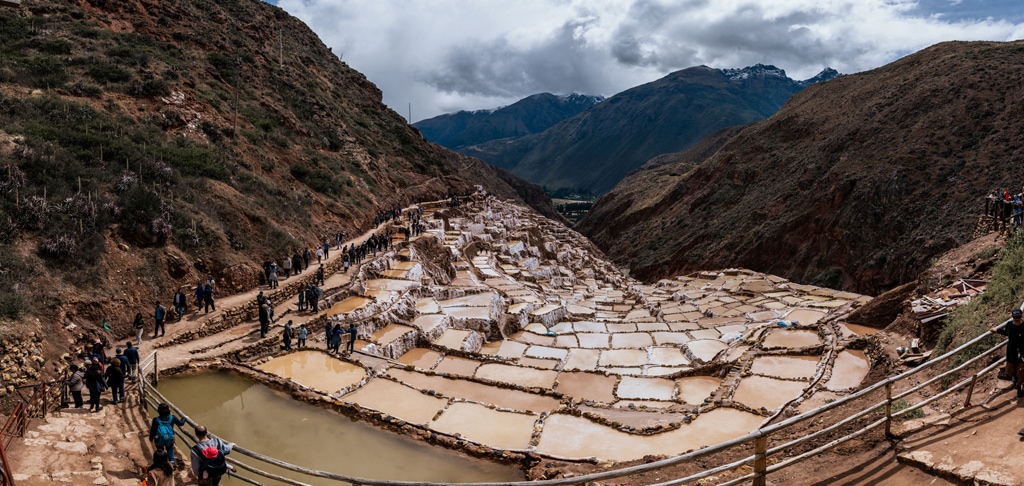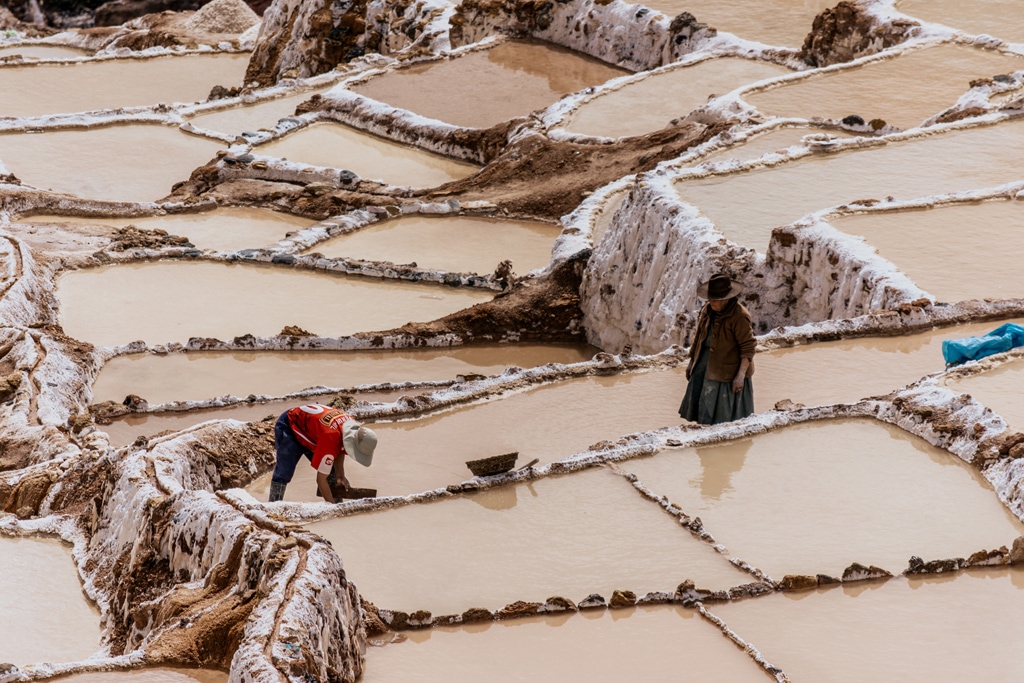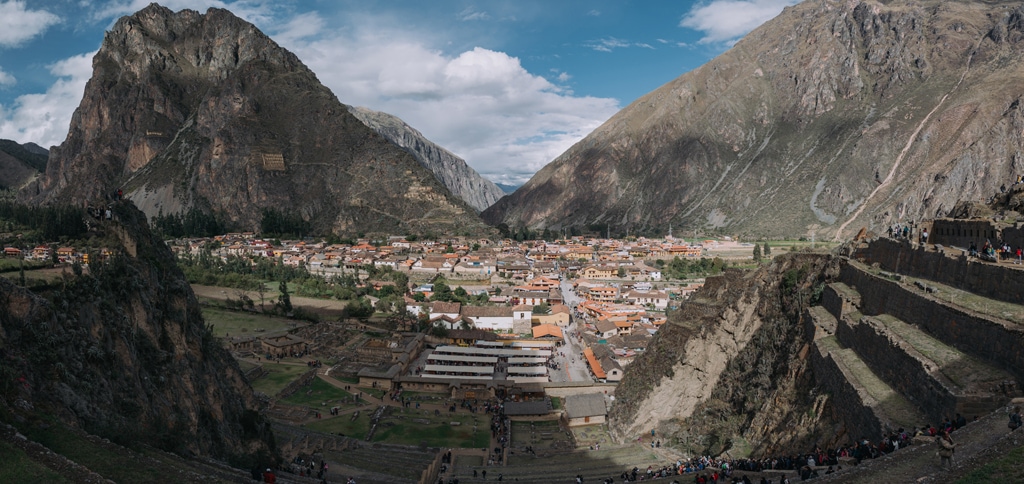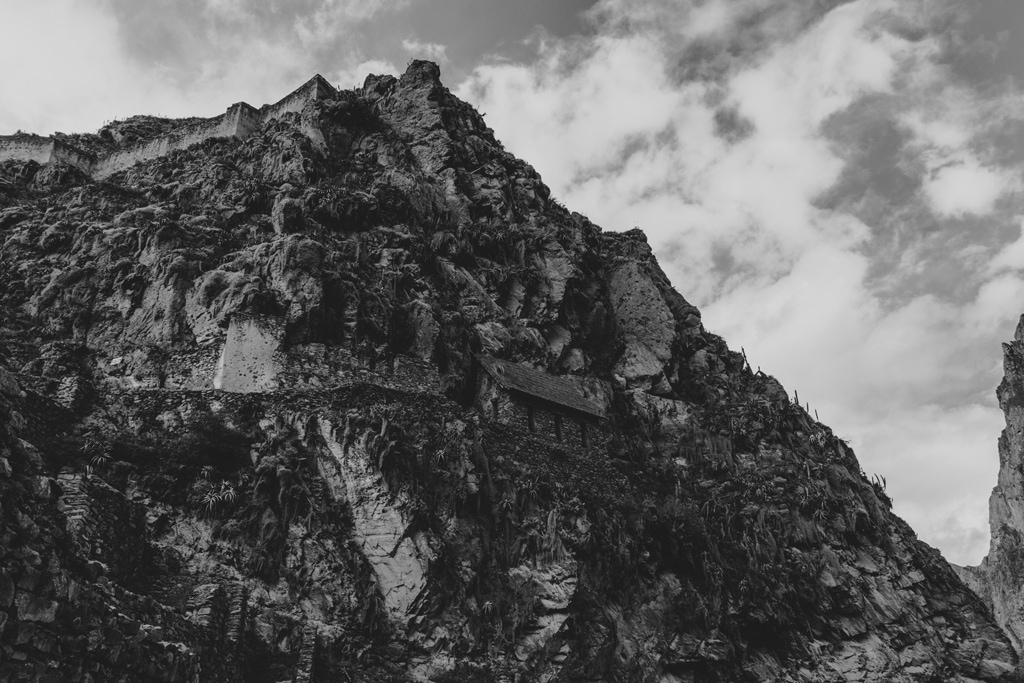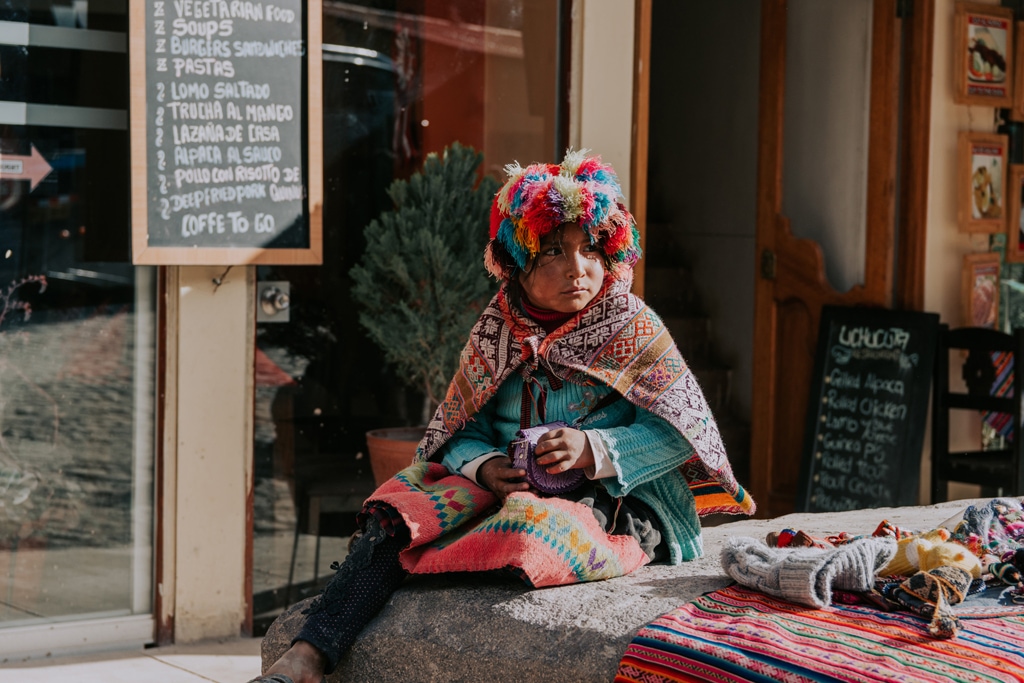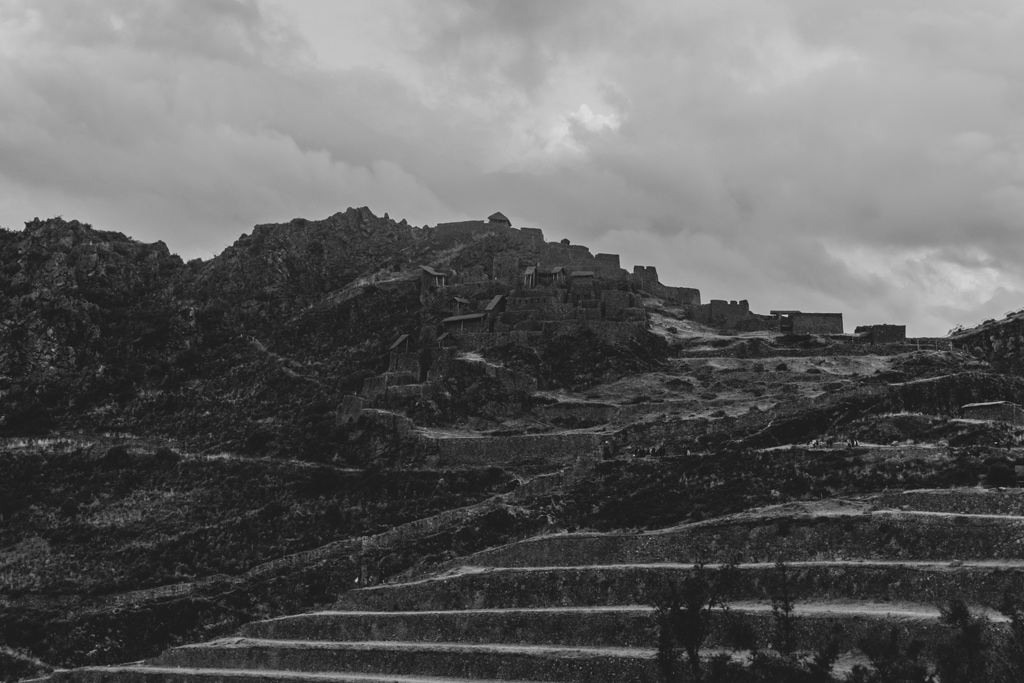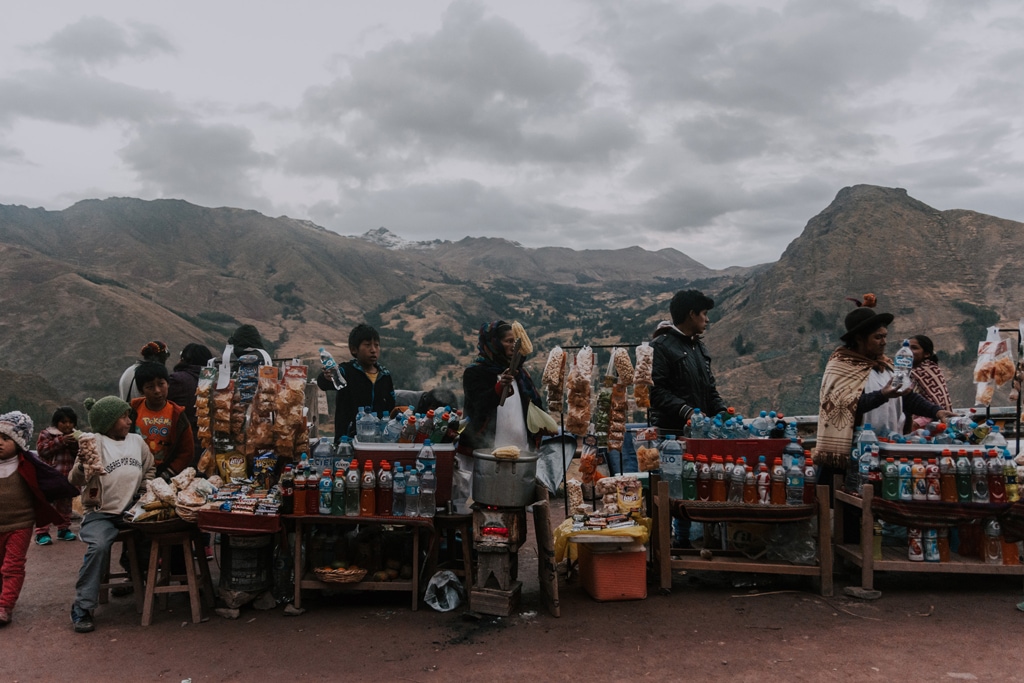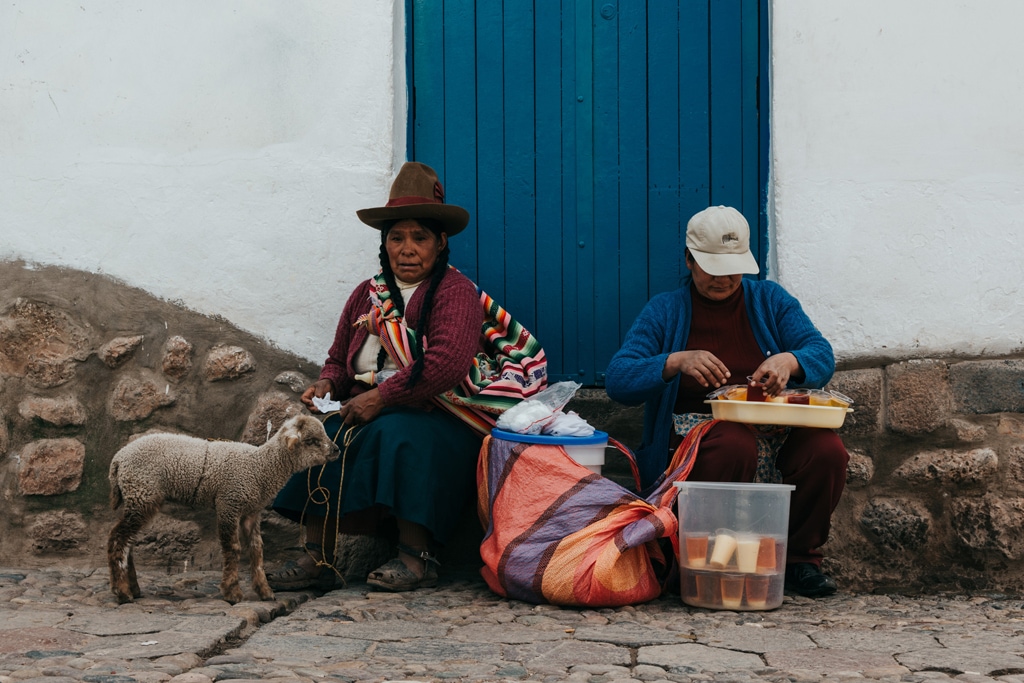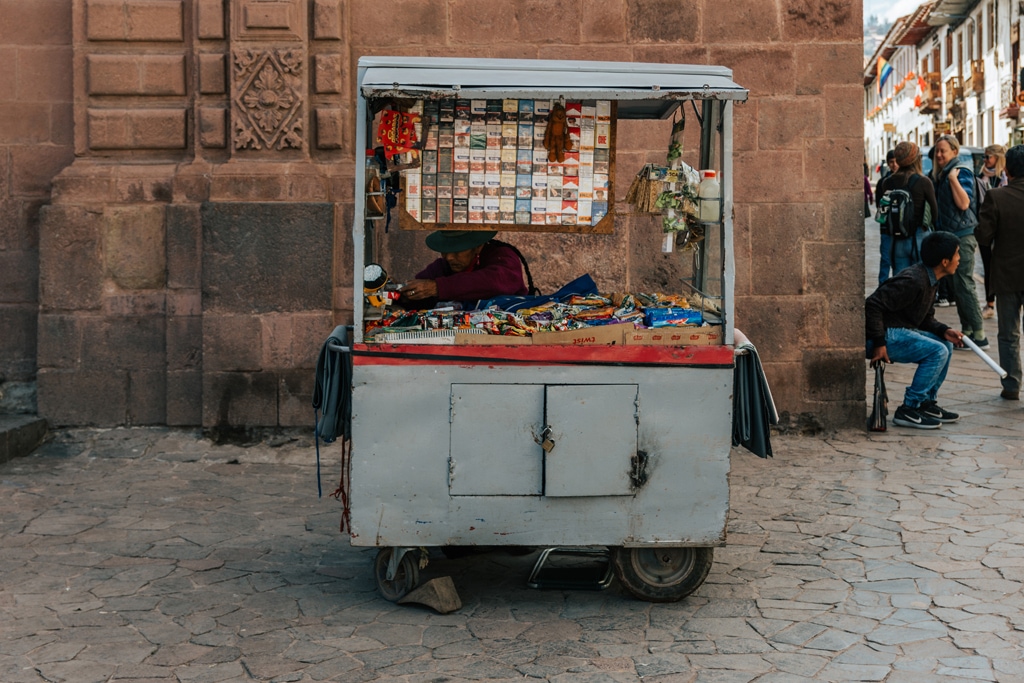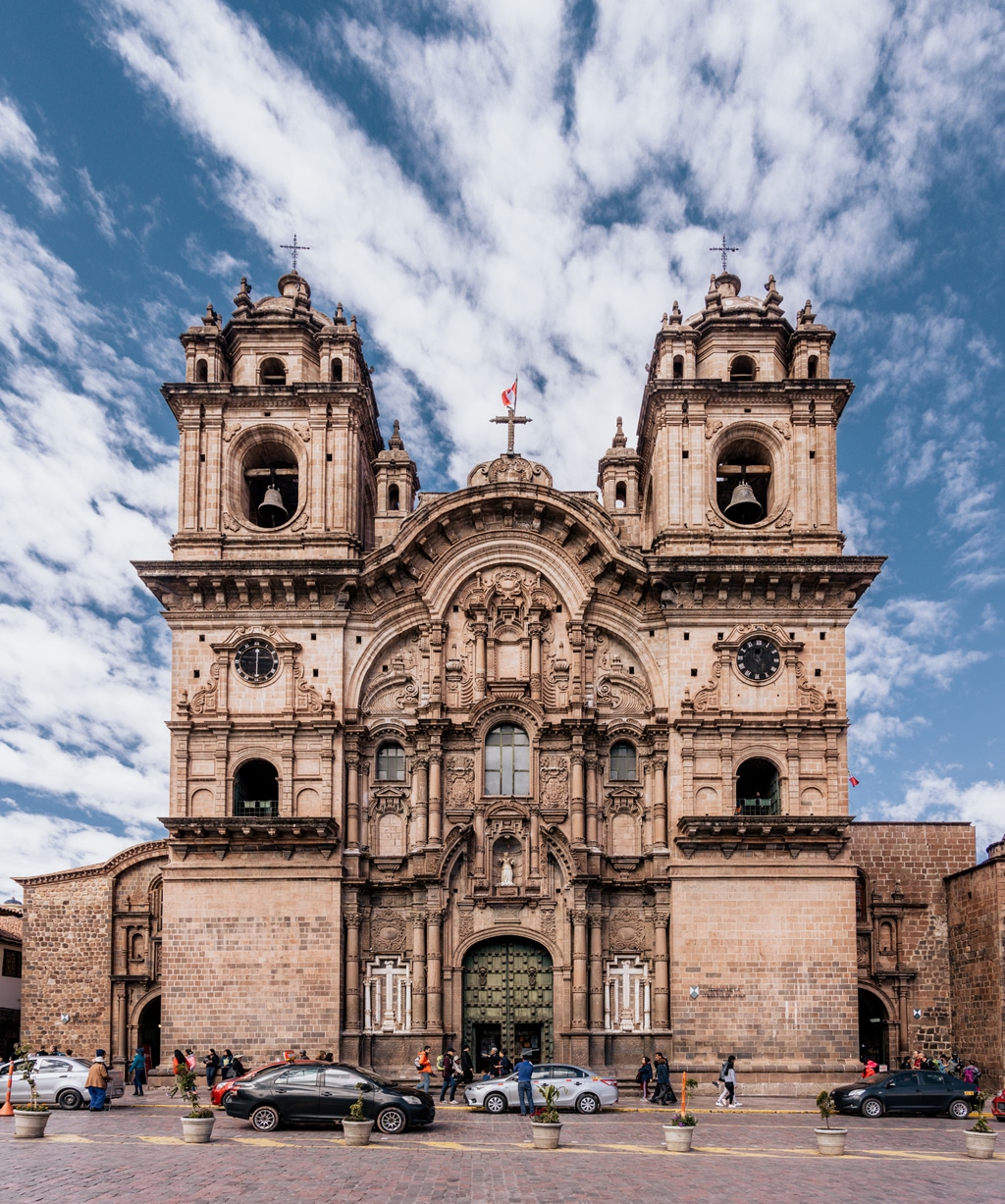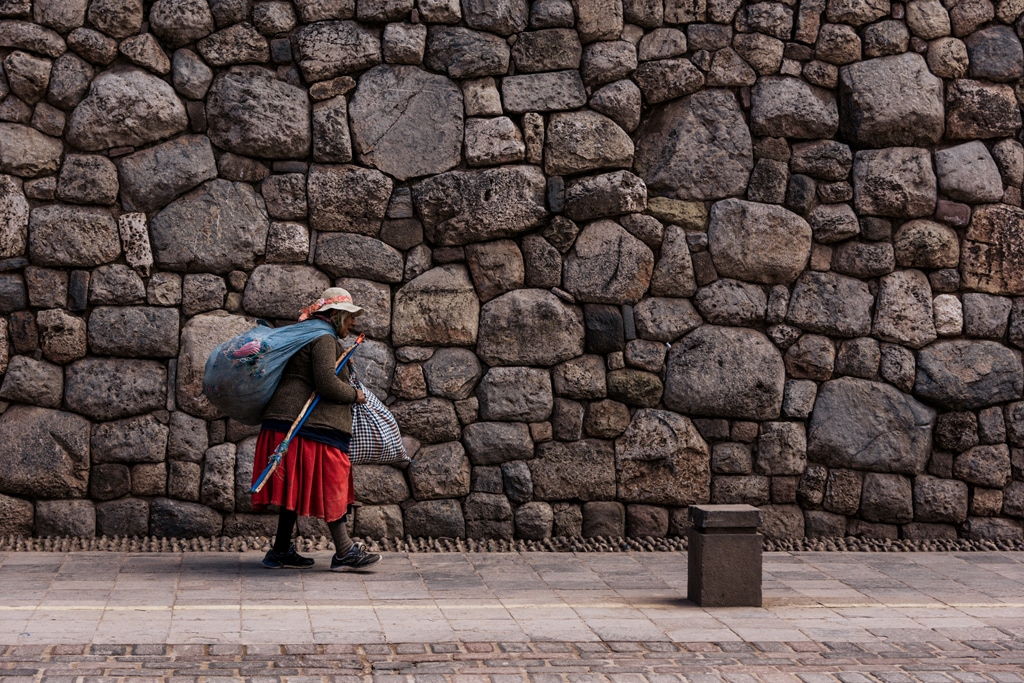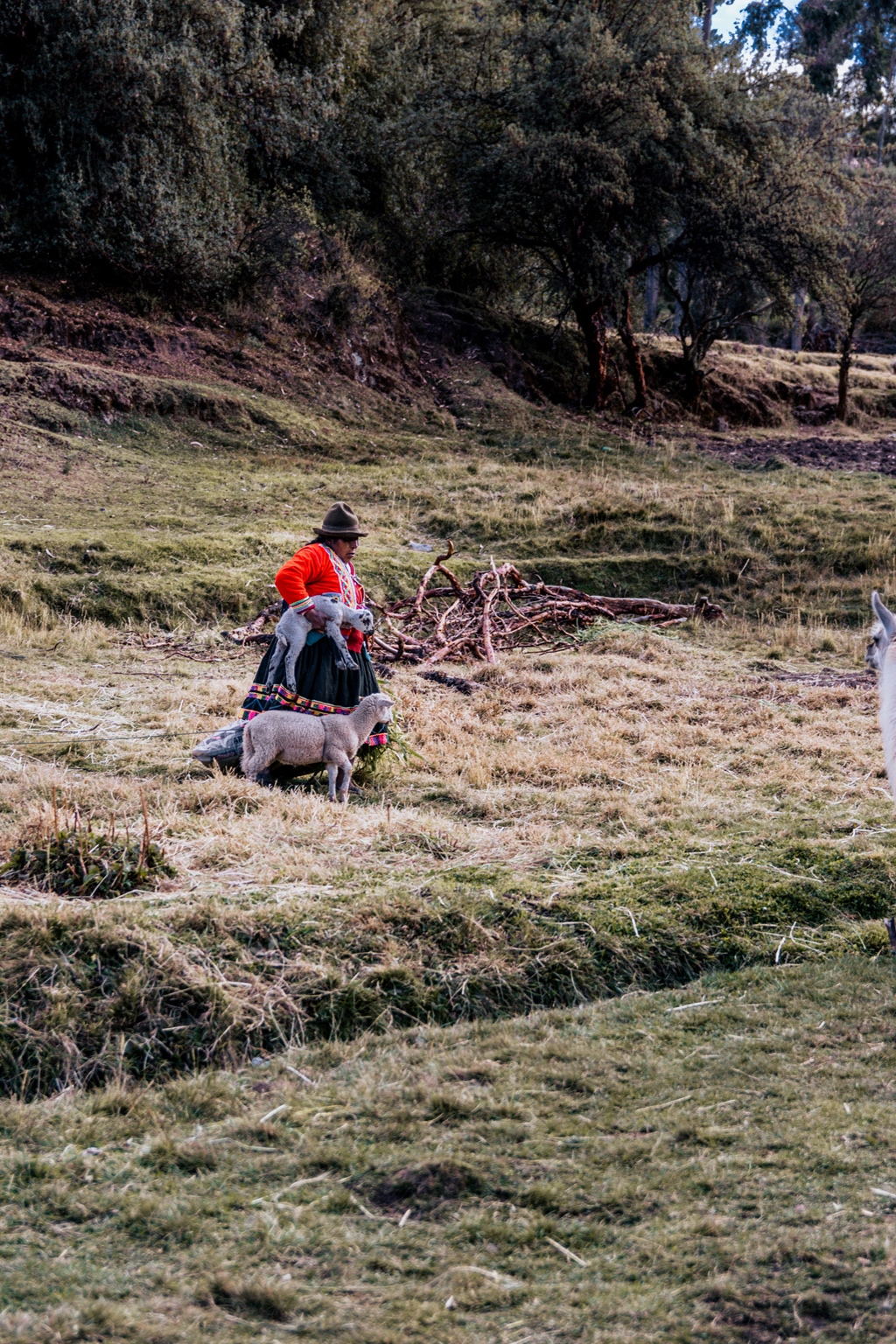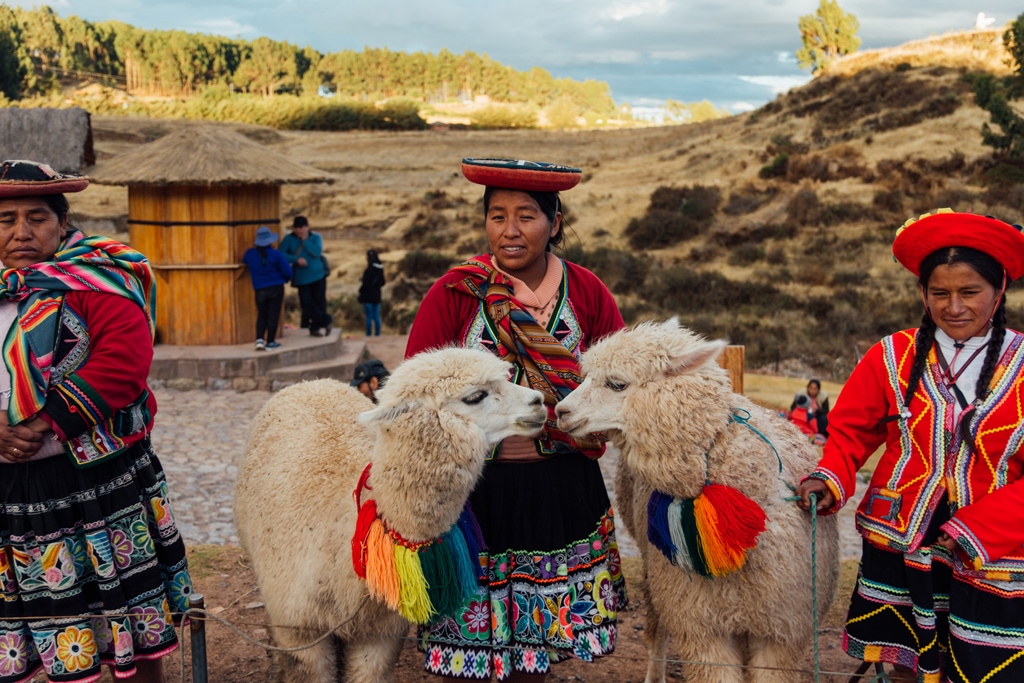Peru
Summer 2018
Day 1
Plane windows are small, but they never felt as tiny as they did when I was flying to Cusco. The aerial views were beautiful, with incredible mountains and small villages tucked into the pockets of the ranges. I could only imagine what it must be like to live in those villages, insulated from the rest of the world. As we were landing, I immediately noticed the vibrant colors of the brick buildings. Driving to our Airbnb, Cusco's environment seemed much slower and calmer than Lima's; nobody seemed to be in a rush to be anywhere.
After settling down, we went straight to Plaza de Armas, where we strolled around to get a feel for the city. I admired the small shops tucked underneath the buildings with their eye-catching architecture. We then made our way to the artisan market, where we sat down and enjoyed some coca tea to counter the cold air. We shopped around, collecting an assortment of "alpaca wool" products. A small tip for future travelers: they're all fake. As we found out later, real alpaca wool is very expensive and is not sold at street stands.
Day 2
Today we did the Sacred Valley tour, which took us around many of the archaeological sites near Cusco. Our guide used to give tours of Machu Picchu for 16 years, until he retired to work in his hometown close to the Sacred Valley. On the ride to the first site, he told us some fascinating stories about how Machu Picchu is still an active religious site for the Incas. He still performs a ritual at the site to make wishes. He takes three coca leaves, points them in the direction of a mountain, blows on them, and then places them somewhere on the site. One story that he told us that stuck with me: after a night tour, he was strolling alone in an isolated part of the site. He said he then saw a lady in a white dress, floating from the ground, but she quickly disappeared.
As we got further from the city, the density of buildings gradually decreased. Interestingly, many of the buildings on the outskirts of town were not fully constructed. There were empty foundations and unfilled support structures for additional stories on buildings.
Our first stop was Chinchero, where we stepped into a plaza where locals were selling more alpaca wool products. In the background, you could see the beautiful rolling hills of terraces. The site is perched high in the mountains, even higher than Cusco. Behind the plaza was the church, which is still active and holds mass. The church is covered in beautiful frescoes in amazing condition, making it a truly miraculous display of art.
In the distance, we could see a large plot of recently cleared land that our tour guide told us was for the new Cusco International Airport. He expressed the worries that many locals have about how their culture will change with the airport. They expect that their small community will soon become a large city, and unfortunately if that happens, many of them won't be able to afford to stay.
Our next stop was the Moray Terraces, which were incredible to see up close. It was amazing to see how the Incas mirrored geometric shapes for their own purposes. The site was so big that it was hard to take in the entire perspective from just one spot. I learned that the site was still being used for farming until just recently.
We then took a short bus ride to visit the Maras Salt Mines. Just getting there was an adventure in itself — the road to the site was a tiny dirt path along a steep cliff, and many large tour buses were getting stuck. It became a deadlock — buses couldn't back out or move forward, all while inches away from a 200-foot drop. We got off and walked through the maze of cars to enter the site. The trek was more than worth it. The salt mines are a treasure pocketed in the vast mountain ranges, and it was incredible to see how the locals meticulously worked the mines to extract the salt.
After that, we went to Ollantaytambo, which is an isolated town in the middle of nowhere with a huge fortress towering over it. I was curious to learn how such an extravagant fortress and the Sun temple were built over such a steep cliff.
Our last stop of the day was the Pizaq market. To get there, we had to drive through many small villages, where many of the locals were hanging out in the streets. When we reached the market, we watched the sun disappear behind the mountain ranges and layered terraces alongside them.
Day 3
In the morning, we visited the beautiful San Blas area, which was a cozy neighborhood with small local artisan shops lining the tight, windy streets. The streets were so narrow that a car passing by leaves only an inch of clearance on each side.
From there, we walked through the main plaza to the San Pedro market, which is a huge market that is popular with both locals and tourists. There was a plethora of items available, from fake alpaca souvenirs to fruits, vegetables, meat, and drinks. It was crowded, but we spent the rest of the morning exploring the variety of goods at each stand.
In the afternoon, we went on the City Tour. The first stop was the Plaza de Armas, which we had visited when we first arrived. This time, we went into the Cusco Cathedral, where our guide told us about many local traditions. For example, in Catholicism, St. Anthony is the Lord of Lost things, but in Cusco, he is also considered to be the matchmaker. Local women write their personal contact information on small pieces of paper and place them by his altar, and later in the day, local men sneak over the barrier to try and get the contact info.
After that, we went to the Santo Domingo Monastery. It was so crowded I was struggling to move in the huge crowd of people. Nevertheless, I learned a lot about the history of how the Spanish treated the Incas and how they influenced the architecture.
Next, we visited the Qenqo Temple to learn about the rituals in which the Incas sacrificed children. The children were given alcohol and hallucinogens until they passed out, and were then suffocated in their sleep and laid down within the temple.
Our last stop was the Sacsayhuamán fortress, where huge stones, some of which weighed over 100 tons, were laid within the wall. We visited during golden hour, so it was beautiful to see how the warm light filled the vast space. If you climb the wall, there is an amazing panoramic view of Cusco to enjoy.


